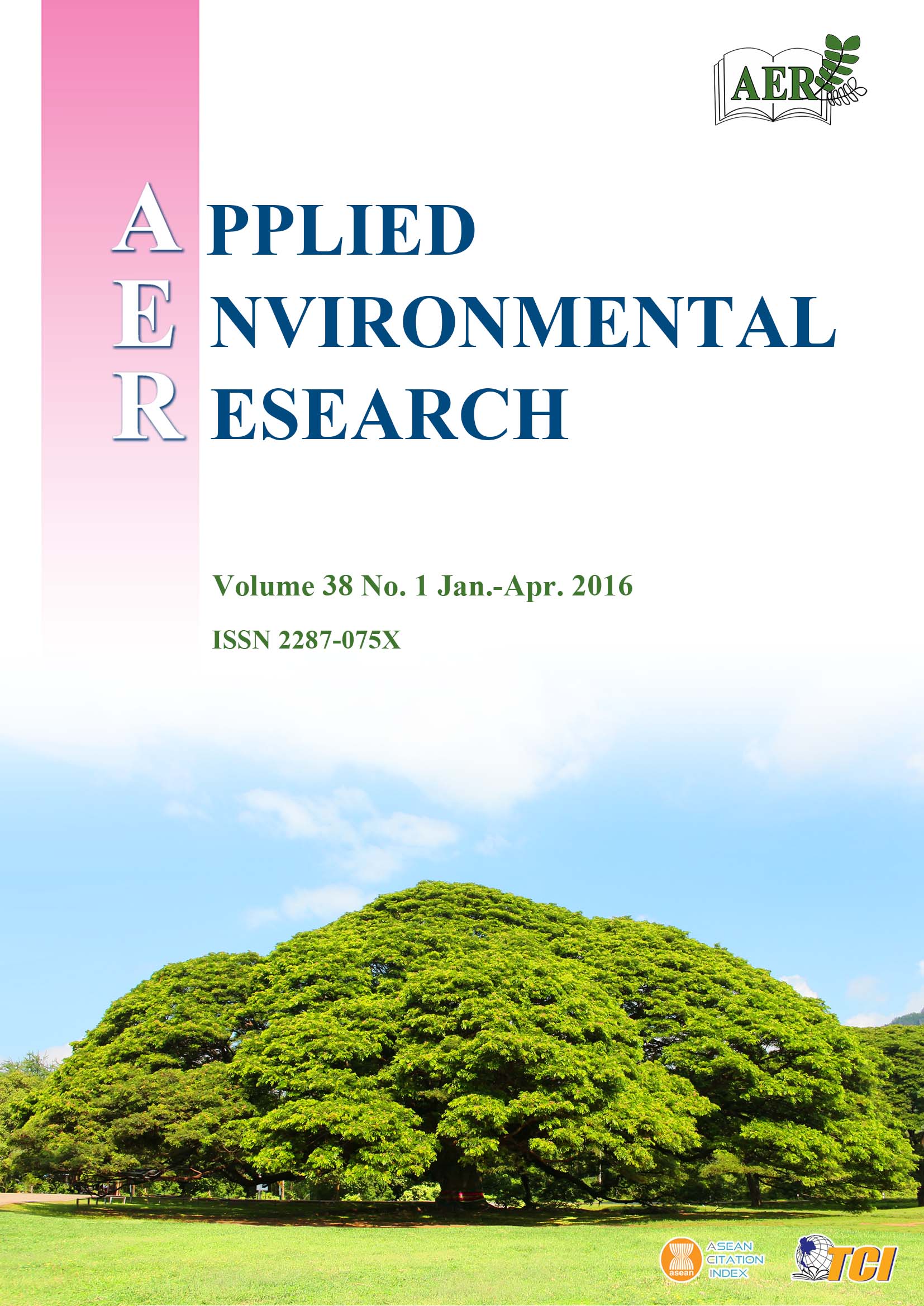Acidic Recovery from Wastewater of Automotive Battery Plant Using Membrane Technology
Main Article Content
Abstract
Diffusion dialysis (DD) equipped with anion exchange membranes (AEMs) is used as an effective tool to recover acid from various types of waste acid solutions. The aim of this study was to investigate the possibility of using the DD process to recover sulfuric acid (HsSO4) from the acidic wastewater from an automotive battery plant. A numbers of experimental runs was conducted to optimize the equipment’s operating conditions, particularly variations in feed flow and flow rate ratios. The results showed that H2SO4 permeated well through the AEM, while metal ions were efficiently rejected. The recovery of H2SO4 increased as flow rate decreased. Approximately 84.5 % of H2SO4 could be recovered at 9.38 × 10 -5 m3 h-1 m-2. Pb2+ rejection was 69.5 %. In addition, recovery efficiency could be improved by increasing the flow rate ratio. At the highest flow rate ratio, DD could recover up to 90% of H2SO4 while the lowest rejection of Pb2+ (61 %) was obtained. Also, the investigation of the effect of variation of flow rate ratio on recovery efficiency revealed that the optimum flow rate ratio should be controlled at around 1 to 1.2.
Article Details

This work is licensed under a Creative Commons Attribution-NonCommercial 4.0 International License.
Published articles are under the copyright of the Applied Environmental Research effective when the article is accepted for publication thus granting Applied Environmental Research all rights for the work so that both parties may be protected from the consequences of unauthorized use. Partially or totally publication of an article elsewhere is possible only after the consent from the editors.

